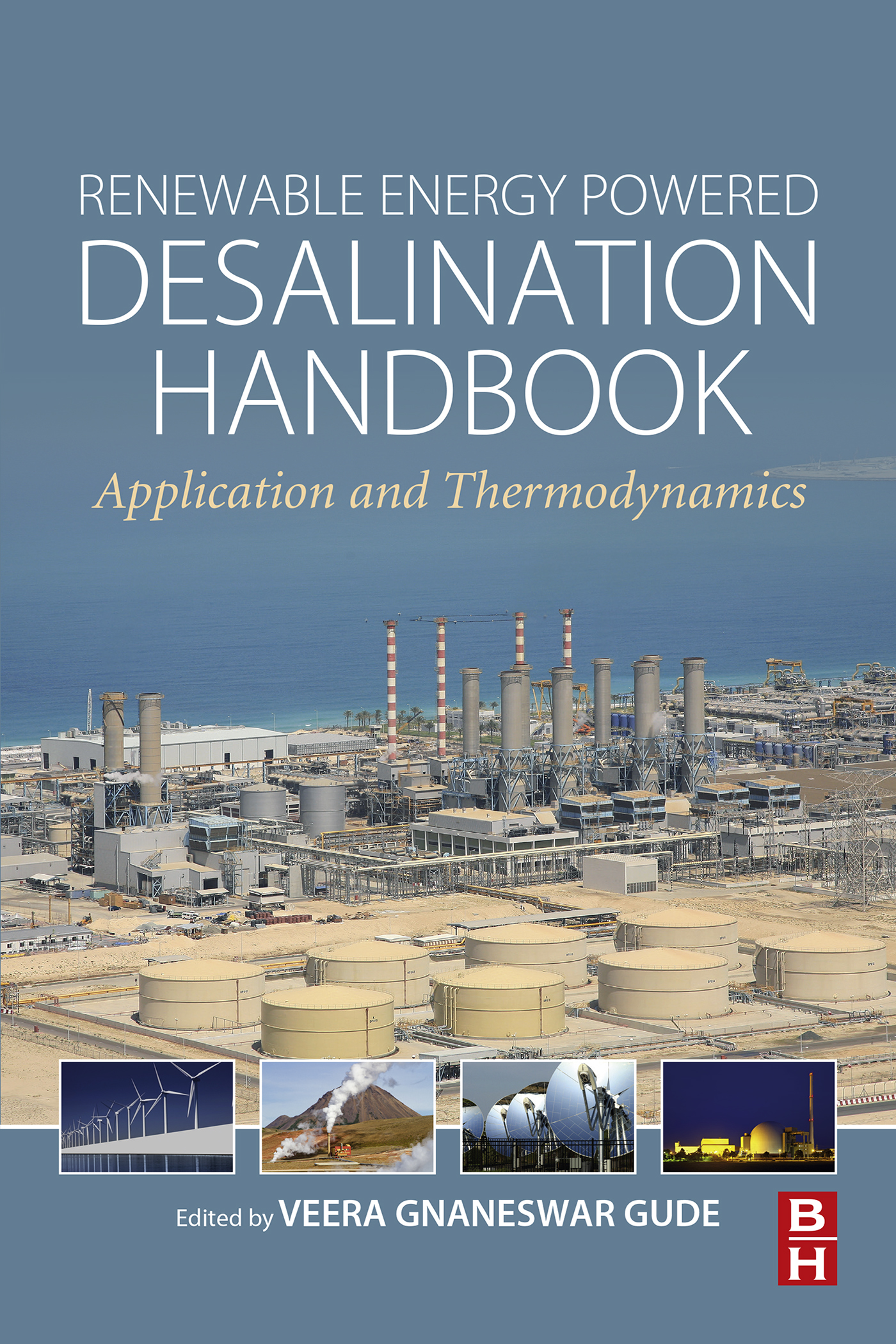- 中图分类号: TU
- 语种: ENG
- 出版信息: Butterworth-Heinemann_RM 2018 624页
- EISBN: 9780128154281
- PISBN-P: 9780128152447
- 原文访问地址:
KG评星
知识图谱评星,是一种基于用户使用的评价体系,综合图书的评论数量、引文数量、Amazon评分以及图谱网络中节点的PageRank值(即考虑相邻节点数量和重要性)等多种因素计算而得出的评价数值。星级越高,推荐值越高。CAT核心级
核心学术资源(CAR)项目作为教图公司推出的一项知识型服务,旨在打造一套科学、有效的图书评价体系,并协助用户制定相应的馆藏建设方案。CAR项目调查和分析12所世界一流大学的藏书数据,以收藏学校的数量确定书目的核心级,核心级越高,代表书目的馆藏价值越高。选取核心级在三级以上,即三校以上共藏的图书作为核心书目(CAT)。Renewable Energy Powered Desalination Handbook: Applications and Thermodynamics offers a practical handbook on the use of renewable technologies to produce freshwater using sustainable methods. Sections cover the different renewable technologies currently used in the field, including solar, wind, geothermal and nuclear desalination. This coverage is followed by an equally important clear and rigorous discussion of energy recovery and the thermodynamics of desalination processes. While seawater desalination can provide a climate-independent source of drinking water, the process is energy-intensive and environmentally damaging. This book provides readers with the latest methods, processes, and technologies available for utilizing renewable energy applications as a valuable technology. Desalination based on the use of renewable energy sources can provide a sustainable way to produce fresh water. It is expected to become economically attractive as the costs of renewable technologies continue to decline and the prices of fossil fuels continue to increase. Covers renewable energy sources, such as nuclear, geothermal, solar and wind powered desalination and energy storage and optimizationIncludes energy recovery schemes, optimization and process controlsElaborates on the principles of thermodynamics and second law efficiencies to improve process performance, including solar desalinationExplains global applicability of solar, wind, geothermal and nuclear energy sources with case studiesDiscusses renewable energy-desalinated water optimization schemes for island communities







 京公网安备 11010602104826号
京公网安备 11010602104826号
